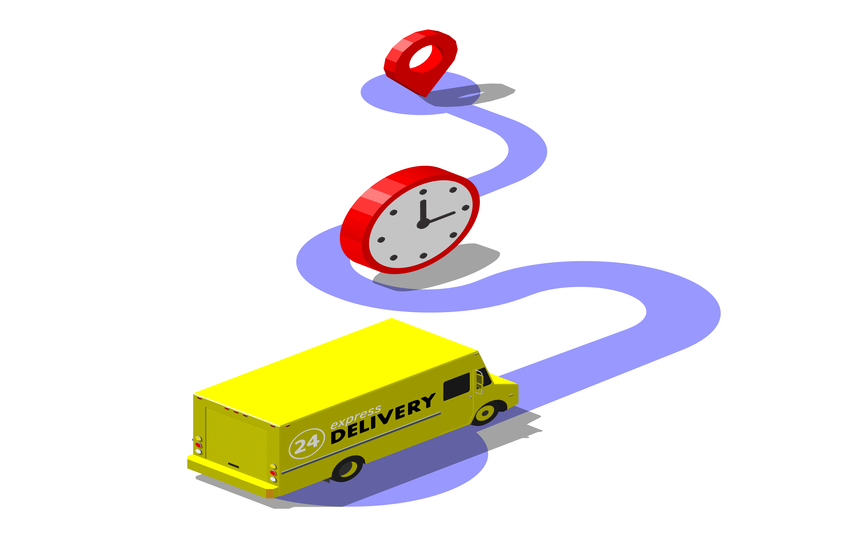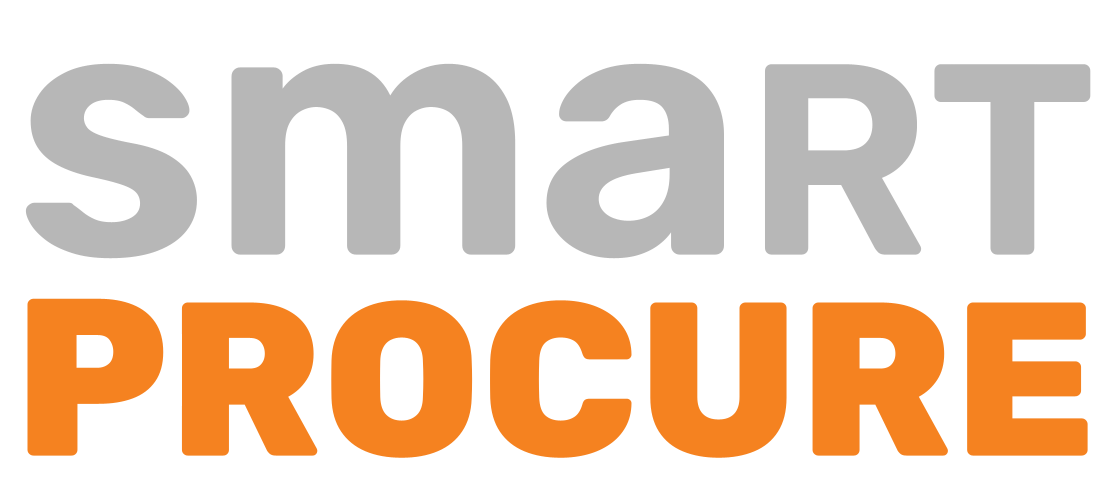Don't just guess who your best vendors are. Learn the essential supply performance metrics you need to track for better quality, on-time delivery, and cost control.
Researching and analyzing Supplier Performance is one of the most important matters in purchasing processes. Current set of suppliers that have either undergone a performance evaluation or performance measurement are critical to determine the efficiency of the system or to compare alternative systems. Performance criteria can also be used in the design of the targeted system.
Compliance Rate
Can your suppliers meet your requirements?
Compliance is an important component in providing guidance and insight to all processes and helps you to build better relationships with your suppliers saving costs.
Assists in assessing supplier’s compliance with business requirements. The entire procurement function is built upon the basic agreement between supplier and company. This agreement includes lead time, special offer discounts, maximum time to respond in case of latency or issue, mode of payment, etc. and so on. A decrease in the compliance rate KPI will lead to an increase in indirect procurement or voluntary expenditures.
Provide insights into supplier relationships and help save costs through negotiations with suppliers. The metrics contributing to this KPI are the difference between the ratio of the disputed invoices to the total invoices for that supplier and the price paid and the price quoted. Working with certified suppliers improves compliance metrics significantly because they have a better understanding of processes and work methodologies.
Performance Indicators
For the average company not operating worldwide with millions of suppliers or users, it is a good goal to achieve a 50% compliance overall.


Supplier Availability
Measure your suppliers’ responses to emergencies
Supplier presence is a procurement Kpi, which refers to the number of times goods are found on the supplier side or orders placed on the Supplier.
This KPI also measures the supplier’s response to urgent requirements. Helps businesses determine the reliability they can insure into the vendor. Supplier availability is measured by the ratio between the number of items on the vendor side and the total number of orders placed for the vendor. In the Internet age, lines between various buying channels are blurring. Where retail experience, online purchases, mobile commerce and in-store purchases meet seamlessly. It is important to manage suppliers efficiently through various channels to ensure continuous supply of goods and services.
In an age of fast-changing consumer habits, at a time when the lines between different channels blur and where mobile, online purchases, store-specific marketing all combine into a single retail experience, it is important to manage suppliers as efficiently as possible to ensure availability of stocks. By monitoring the evolution of your supplier’s stock availability, you know how much dependability you can add to them.
Performance Indicators
Keeping your supplier’s availability above 90 percent ensures your supply chain runs well and that you have higher levels of efficiency.

Supplier Defect Rate
Assess the individual quality of your suppliers
Supplier defect rate KPI is useful in assessing the individual quality of the supplier. The final quality of the product can be closely assessed by the purchasing department using this KPI. This metric is measured in proportion of the number of substandard products to the total number of units audited.
Supplier defect rate is usually measured in millionths. Procurement department can measure supplier defect rate and distinguish by defect type to gain actionable insights into vendor performance.
The percentage of products purchased from suppliers that do not meet the quality and compliance requirements of the company may be calculated using supplier defect rate. In industries with high risks such as air-space, automotive, and defense, and where multi-layer supplier bases are protected, it is crucial to monitor supplier defect rates. Continuous monitoring and categorization of supplier defect rate provides important information on supplier performance and reliability.
Supplier Management is crucial in planning your purchasing processes. In this respect you need to consider the issues you have with your Suppliers. You can start by evaluating their individual quality.
In addition, you should also determine how long your Suppliers responded to your demands. This way, you have the opportunity to work with the best supplier.
Performance Indicators
Measure and monitor the different defect rates between your suppliers and identify those that perform best and that are most reliable.

Lead Time
Measure the total time to fulfill an order
The Lead Time Metric measures the time between starting a purchase action and placing the production model in the purchased procurement system as a result of that action. In other words, the delay between starting and executing a transaction.
Consists of production lead time and administrative lead time. For example, the delivery time between the placement of an order and the delivery of the printed circuit boards from a manufacturer might be 2 weeks to 3 months or sometimes more.
The delivery time is different from the purchase order cycle time because the cycle time ends with order confirmation and starts until the last delivery and test when the request is made. Determine the amount of target days that must fall below the deadline; if you observe a failure over time, precautions must be taken.
-
The purchase of the production model is the final result of starting the purchase of the goods/service.
-
The lead time is a measure of the delay between starting the process and completing it.
-
The delivery time for a vendor or supplier is the period between the receipt of a purchase order and the time the order is dispatched.
-
The delivery time should not be confused with the PO(Purchase Order) cycle time since both refer to different time zones.
-
The delivery period starts upon request and ends after final delivery and testing; The PO cycle time starts at the beginning of the request and ends when the order is approved.
-
Delivery time is the sum of the production lead time and administrative delivery time.
Performance Indicators
The idea is to reduce lead time as much as possible while maintaining a good quality level.
Boost performance in your procurement processes
SmartProcure makes perfect procurement processes possible
If You Want Call First

Reduction of Procurement Cost Reduction
Facilitate cost savings
The cost reduction metric is an example of procurement key performance indicators focused on the cost of the procurement function.
Reducing procurement cost KPI helps procurement managers’ procurement function to facilitate tangible cost savings. This KPI measures percentage cost savings per order through price interviews. Cost savings through negotiations and discounts over the years prove the effectiveness of the cost management measures monitored by the purchasing department.
Advancing purchasing processes through a certain e-procurement platform ensures measurable cost savings. More transparent and clear spending will help you control the costs.
The decrease in procurement cost can be measured by comparing old costs for the same goods or services to the new (revised) costs. A clearer picture of cost reduction can be achieved by categorizing among the various supplier categories and following the best savers. This KPI helps procurement to streamline and optimize the supplier lifecycle, educate and train personnel on cost-saving measures, and drive efficiency by implementing supply chain analytics. Senior management relies on cost reduction metrics to build a long-term cost management strategy.
Expectations from suppliers should be created as standard when purchasing. All requested documents and information can be collected from each supplier quickly and easily. This way, you can save time and make money more easily. Building the supply cycle in the best way will save you financial.
Streamline supplier lifecycle management, improve productivity with supply-chain analysis, or educate your staff on how to save costs. These training programs will carry you a few steps further in your purchasing processes.
Performance Indicators
Observe the cost reduction over time to increase your earnings over the longer term.

Procurement Cost Avoidance
Avoid possible extra costs in the future
The last of our purchase measures is focused on actions that are taken to reduce potential future costs, such as replacing parts before they fail and inevitably damaging other parts. Sometimes they are referred to as "soft saving" in opposition to the "hard" ones, because they do not appear directly on the bottom line in a measurable way, but they can still have a positive effect.
Senior management does not usually pay attention to this metric since it is not visible on the organization's income statement. Strategic expenditures such as new investments or technologies that have no basis for comparison can be edited using this metric.
The best way to use this metric is to develop a strategy for internally mapping cost avoidance and combine it with cost reduction metrics to avoid unnecessary future costs. An effective cost-avoidance strategy would be to enter into long-term contracts that protect the business from future price fluctuations.
Performance Indicators
Develop a strategy to internally map and combine cost avoidance with cost reduction to avoid future extra costs.

